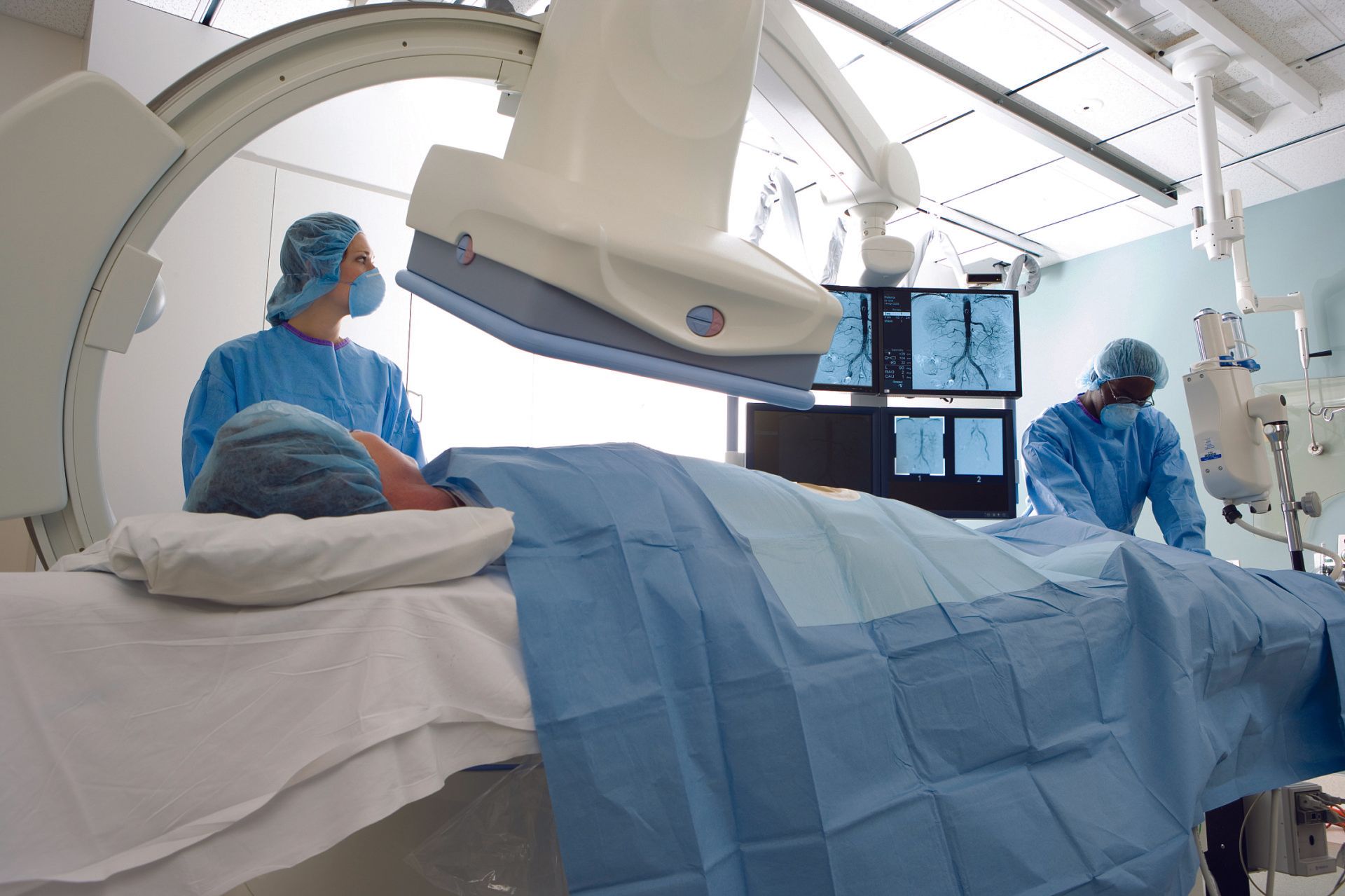Biomedical Equipment
April 9, 2020

Biomedical equipment is a key foundation supporting a hospital’s clinical functions. Examples include ventilators, endoscopy, imaging, surgical, and x-ray equipment, to name a few. In addition, we are now seeing wearable devices - such as at-home insulin pumps - issued to reduce readmits and improve outpatient outcomes. Biomed equipment is a large investment for the healthcare system, on the front end (to acquire and install), as an ongoing expense (to maintain and repair), and on the back end (to replace and dispose).
Costs in this category include many familiar structures such as the initial price to purchase, maintenance/support agreements, and the like. Organizations are frequently most concerned with identifying discount level and competitive price points. Equally important, but frequently overlooked questions, include:
- For what equipment, maintenance, and professional services should we be paying?
- How do I deploy the fleet of equipment for maximum utilization?
- What is the most cost effective and efficient way to properly store, manage and safeguard data received from biomedical equipment?
CASE STUDY:
Optisave worked with a large Midwestern health system to review the maintenance model for their biomedical fleet. Collaborating with our client, we performed lifecycle analyses to examine both historical utilization and anticipated future needs for their equipment upkeep. Separate from any price negotiations, the organization reduced their annual $10M expense by approximately 4% by optimizing the levels and utilization of maintenance coverage.
Leverage Optisave’s two decades of supply chain and contract negotiation expertise to optimize your biomedical equipment procurement.
Helping healthcare organizations realize maximum savings and operating efficiencies for biomedical technologies is just one part of Optisave’s holistic approach to optimizing Healthcare IT solutions.
Additional Blog Posts

Most health systems pay for support and/or maintenance on hardware and software on an annual or multi-year basis. This includes clinical and financial software applications and desktop and network equipment, as well as data center hardware and software. Usually, support is manufacturer-provided and purchased either directly or through a Value Added Reseller (VAR). Third Party Maintenance (TPM) - Original Equipment Manufacturer (OEM)-authorized/OEM-independent maintenance – is increasingly common in the hardware and software support market, with a thriving ecosystem of independent support providers for specific software, server, storage and networking equipment. IT organizations selectively use TPM providers to cost-effectively extend IT asset life and control OEM-forced upgrades. TPM, also known as aftermarket hardware and/or software support or post-warranty support, is popular when equipment warranty or service agreements end. TPM can be a cost-effective alternative to OEM support. TPM can offer multiple benefits: Cost: TPM providers are typcially significantly less expensive than the OEM Flexibility: TPM can be more flexible than OEM support. Responsiveness: TPM can often be more responsive to issues than OEM support. Communication: TPM providers are directly linked to OEM Level 3 support. Expertise: TPM providers offer broad expertise in hardware/software brands and manufacturers. Remote monitoring: TPM can provide remote monitoring to help identify potential network issues that could expose company data to cyber threats. TPM services can include: Software support including security patching Hardware support to include Replacement or repair of hardware On-site engineering assistance Remote monitoring Operating support Data backup CASE STUDIES A Southwest children’s hospital was renewing hardware support on its data storage equipment. After thorough evaluation of its requirements, they decided to identify and solicit bids for 3rd party support for one year. One requirement was that the selected vendor had certified engineers and replacement hardware, if needed. Additionally, the vendor needed to have the ability to integrate into the hospital’s trouble ticket system. With Optisave’s guidance, an appropriate 3rd party vendor was selected, and at a 60% lower cost than OEM support. The Microsoft Unified Support agreement was coming up for renewal at large Mid-Atlantic health system. Renewal cost was far greater than the health system had budgeted so they were willing to look outside Microsoft for support. Several qualified vendors were identified and an RFI was issued. Ultimately the health system worked with Optisave experts to select a vendor that not only had a significant amount of experience with health systems, but was also more than half the cost of what Microsoft was going to charge for the renewal. Optisave works with healthcare, financial services, manufacturing, and other complex organizations to determine whether Third Party Maintenance is right for them and select the ideal provider. Contact us today to start a conversation.

Optisave’s integrated advisory services provide solutions to key IT issues challenging organizations today. With consolidation and reorganization in complex industries such as healthcare, manufacturing and financial services, an important, yet often overlooked factor is how to optimize IT products and services after organizational transition.
